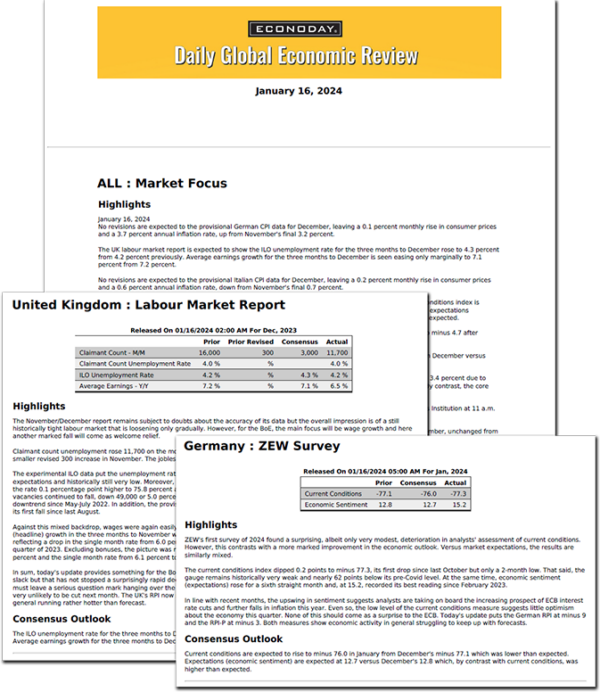The evidence in half-over-half percent changes in the December CPI report is that upward price pressures at the consumer level are easing back to the Federal Reserve’s two percent inflation objective, and that the improvement is picking up some steam. On net the data point to inflation coming under control and that the “long and variable” lags in the transmission of monetary policy are more visible. However, it is not universal, and some pressures are in places that will tip the Fed’s discussion away from consideration of cutting rates sooner rather than later – primarily in shelter costs.
The all-items CPI rose 1.5 percent in the second half of 2023 compared to 1.8 percent in the first half and 3.0 percent in the second half of 2022. These compare with the near-term peak of 4.6 percent in the first half of 2022. For all-items, the pace is cooling toward the Fed’s full year target and in aggregate rising normally.
Further good news is that the core CPI rose 1.6 percent in the second half of 2023, a substantial improvement from 2.5 percent in the first half and below the near-term peak of 3.2 percent in the first half of 2022. Food prices rose a modest 1.1 percent in the second half of 2023 compared to up 2.5 percent in the first half, and well below the near-term peak of 5.2 percent in the second half of 2022. Energy prices increased 1.0 percent in the second half of 2023 compared to a fall of 5.9 percent in the first half of the year, and far below the near-term peak of 18.0 percent in the first half of 2022. The most volatile CPI components are behaving in line with non-crisis economic conditions.
However, shelter costs account for about 1/3 of the CPI basket and remain above the Fed’s target. Shelter costs increased 2.7 percent in the second half of 2023 which is below 4.1 percent in the first half of 2023 and 3.8 percent in the second half of 2022. Why are shelter costs so high? Lack of resale supply is keeping prices of existing homes up and in turn is pushing home buyers to new homes which are generally more expensive than resales. Better incomes also mean more access to the housing market and more competition for housing stock.
Were it not for shelter costs, the picture for consumer price increases overall would be much milder. The CPI less shelter rose only 0.9 percent in the second half of 2023, although a bit faster than 0.7 percent in the first half, but nonetheless down from the near-term peak of up 5.5 percent in the first half of 2022. The CPI less food, energy, and shelter rose 0.8 percent in the second half of 2023 compared to 1.4 percent in the first half of the year, 2.1 percent in the second half of 2022, and 3.6 percent in the in the first half of 2022.
Fed policymakers talk about how stubborn inflation is for non-housing services. The special aggregate CPI for services excluding rents suggests that price increases in that subset of the CPI are stable and indicative that restrictive monetary policy has reached these components. In the second half of 2023, the CPI for services excluding rent rose 1.5 percent, little changed from 1.6 percent in the first half of the year, but substantially below the 3.8 and 3.5 percent in the second and first halves of 2022, respectively.




